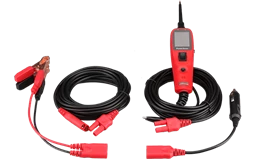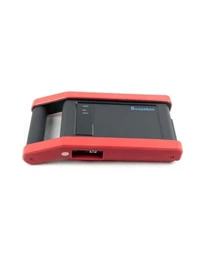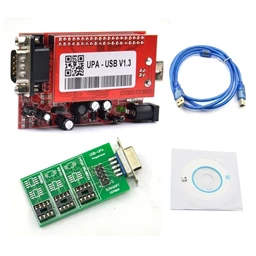Critical Tools For the Uninterrupted Operation of Commercial Fleets: Heavy Vehicle Diagnostic Devices Heavy vehicles form the backbone of many sectors such as vehicles (trucks, trucks, buses, construction machinery), logistics, transportation and construction. The continuous and efficient operation of these tools is vital for the profitability and operational continuity of enterprises. However, its complex motors, advanced electronic systems (ECU, TCU, ABS, EBS, AdBlue, etc.) and heavy vehicles may also malfunction from time to time due to difficult operating conditions. Rapid and accurate diagnosis and repair of these faults is a critical requirement to minimize the time vehicles stay on the road and optimize maintenance costs. At this point, heavy vehicle fault detection (diagnostic) devices come into play. Unlike OBD2 devices used for passenger cars, heavy vehicle diagnostic devices are designed to support the specific communication protocols of these vehicles (for example, J1939, J1708/J1587, ISO 27145), more complex system architectures and a wider range of parameters. Brands such as Jaltest, Launch (with X431 HD module), Autel (MaxiSys CV series) offer professional and comprehensive diagnostic solutions for the specific needs of the heavy vehicle industry. In this comprehensive guide, we will discuss in detail the important factors to be considered when choosing a heavy vehicle diagnostic device, the main features of these devices, the solutions offered by leading brands, and our expertise in the selection and use of the right diagnostic equipment for commercial fleets and services as Nitro Bilişim. What is a Heavy Vehicle Diagnostic Device and Why is It Different from Passenger Vehicle Devices? The heavy vehicle diagnostic device is a special diagnostic tool that communicates with the electronic control units (ECU) of commercial vehicles such as trucks, trucks, buses, tow trucks, trailers and some construction machinery, reads fault codes, monitors live data, performs system tests and in some cases performs parameter settings or calibrations. The Main Differences of Heavy Vehicle Devices from Passenger Vehicle Devices: 1. Communication Protocols: - Passenger vehicles usually use protocols such as CAN, K-Line and standard OBD2 port, while heavy vehicles use different and more complex communication protocols such as SAE J1939 (the most common), SAE J1708/J1587, ISO 27145 (WWH-OBD). Heavy vehicle devices should support these protocols. - Connection connectors are also different (for example, 9-pin Deutsch, 6-pin Deutsch, special manufacturer connectors). 2. System Scope and Complexity: - Heavy vehicles have many more and more complex electronic control modules such as engine, transmission, braking systems (ABS, EBS), suspension systems, AdBlue (SCR) systems, retarder, tachograph, air conditioning. The diagnostic device must be able to access all of these systems. 3. Parameters and Amount of Data: - Heavy vehicle engines and systems have a much larger number of sensors and parameters than passenger vehicles. It is important for the device to be able to read and interpret this data correctly. 4. Special Functions and Calibrations: – Many special functions and calibration processes specific to heavy vehicles may be required, such as injector coding, clutch calibration, suspension level adjustment, DPF regeneration, AdBlue system tests. 5. Durability and Working Conditions: - Heavy vehicle service environments are usually more challenging. It is expected that the devices will be more resistant (against water, dust, impact). Things to Consider When Choosing a Diagnostic Device for Heavy Vehicles Choosing the right heavy vehicle diagnostic device is critical for return on investment and operational efficiency. Here are the main factors to pay attention to: 1. Vehicle Brand and Model Compatibility: – The device can be used to identify the vehicle brands in your fleet or those you service (Mercedes-Benz, MAN, Volvo, Scania, DAF, Iveco, Renault Trucks, Ford Trucks, etc.) and make sure to support their models comprehensively. – Not only the engine, but the transmission (ZF, Allison, Voith, etc.), brake systems (Wabco, Knorr-Bremse etc.) and it is important that it also supports other important system manufacturers. 2. Scope of System Diagnostics: – Which systems of the device (engine, transmission, ABS/EBS, AdBlue/SCR, suspension, air conditioning, instrument panel, tachograph, etc.) examine in detail what it has access to and what operations it can perform (fault code reading/deleting, live data, active testing, parameter setting, calibration) on these systems. 3. Functional Abilities: - Fault Code Reading and Deletion (DTC): It should provide detailed fault code descriptions for all systems. - Live Data Monitoring: Ability to monitor important sensor data and system parameters numerically or graphically in real time. - Active Tests (Component Operation): The ability to test certain components (for example, injectors, fans, valves) by manually operating them. - Special Functions and Calibrations: Ability to perform operations such as injector coding, DPF regeneration, AdBlue system resetting, clutch and transmission calibrations, suspension settings, speed limiter adjustment. - Parameter Changing: The ability to change some system parameters (within the permitted limits). 4. Ease of Use and Interface: - The software interface of the device should be user-friendly, understandable and have Turkish language support. - Connection diagrams, fault code descriptions and technical information should be easily accessible. 5. Hardware Features and Durability: - Tablet-based devices usually offer a larger screen and better processing power. – It is important that the device and the connecting cables are suitable for the workshop environment, robust and durable. - Battery life, storage capacity and connection options (Wi-Fi, Bluetooth) should also be taken into account. 6. Software Updates and Support: – It is important that the manufacturer regularly provides software updates (new vehicle models, new functions, bug fixes) and the cost of these updates (free or subscription). - Being able to get good technical support (phone, e-mail, online platforms) can be critical when a problem occurs. 7. Price and Budget: - Heavy vehicle diagnostic devices are usually more expensive than passenger vehicle devices. Try to choose a device that best suits your needs and budget, with a high price/performance ratio.
8. Oct. Modules and Accessories: – Some devices can be expanded with additional modules, such as oscilloscope, sensor simulator, battery tester.Oct. Pay attention to such features that you may need in the future. - Check whether various connecting cables and adapters are available, which are necessary for different types of vehicles. Leading Heavy Vehicle Diagnostic Device Brands and Solutions * Jaltest (Coşkunöz Holding): – It is one of the most comprehensive and reputable brands in the industry, offering multi-branded and multi-system diagnostic solutions for heavy vehicles, agricultural machinery, construction equipment and marine vehicles. - Jaltest CV (Commercial Vehicles) module provides in-depth diagnostics, technical information (diagrams, maintenance information), troubleshooting manuals and special functions for trucks, buses, trailers and light commercial vehicles. - Nitro Bilişim Comment: It is one of the best options for professional services with its comprehensiveness, technical information database and user-friendly interface. * Launch (with X431 HD Module): - Launch X431 series professional diagnostic tablets can also support heavy vehicles with an optional HD (Heavy Duty) module and appropriate software. - It offers wide vehicle brand coverage and powerful diagnostic functions. - Nitro Bilişim Comment: It can be a flexible solution for mixed services serving both passenger and heavy vehicles. * Autel (MaxiSys CV Series): - Autel offers powerful diagnostic tablets for the heavy vehicle Sunday with models such as MaxiSys MS908CV, MS909CV. - Includes extensive tool and system support, advanced diagnostic functions, coding and some programming capabilities. - Nitro Bilişim Comment: Launch X431 is a powerful alternative to brands such as HD and Jaltest, it stands out especially with its user interface and speed. • Bosch KTS Truck: - Bosch has a deep-rooted experience in heavy vehicle diagnostics by offering the KTS Truck module together with the ESI[tronic] Truck software. It offers comprehensive technical information and troubleshooting support. * Texa Navigator TXTs: - Texa is another Italian brand that offers powerful diagnostic solutions together with IDC5 software for heavy vehicles, agricultural and construction machinery. The Right Solution For Your Heavy Vehicle Fleets with Nitro Bilişim As Nitro Bilişim, we understand the special needs of heavy vehicle fleets and services and offer them the most suitable diagnostic solutions. In addition to supplying original devices of leading brands such as Jaltest, Launch, Autel: * Needs Analysis and Consultancy: We help you to determine the most suitable device configuration by taking into account the vehicle types in your fleet, your service operations and your budget. * Comprehensive Training: We provide detailed and practical training on the effective use of the devices you have purchased, diagnosis of heavy vehicle systems, implementation of special functions and software updates. * Professional Technical Support: We provide continuous support with our expert team on device usage, fault diagnosis, connection problems and other technical issues. * Integrated Solutions: In addition to diagnostic devices, we can also offer consultancy on other telematics and fleet management solutions that will increase the efficiency of your fleet. Smart Investment For Seamless Operations Heavy vehicle diagnostic devices are indispensable tools for the efficiency, safety and profitability of commercial vehicle fleets and services. The correct device selection allows for rapid diagnosis of faults, shortening repair times, optimizing spare parts costs and minimizing the time vehicles stay on the road. This means a significant competitive advantage for businesses. When investing in a diagnostic device for a heavy vehicle, taking into account not only your current needs, but also your possible future needs, conducting a thorough research and getting support from a reliable supplier will ensure that this investment will serve you best in the long run. Do not hesitate to contact Nitro IT specialists to get more information about heavy vehicle diagnostic solutions and our special offers for your fleet.

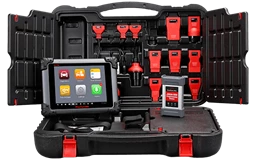
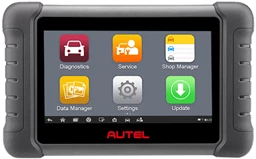
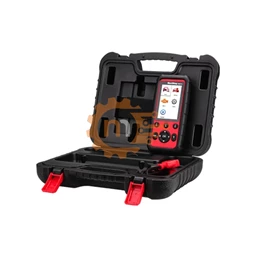
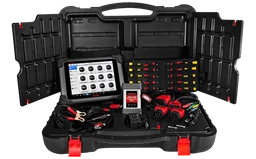
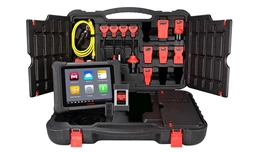

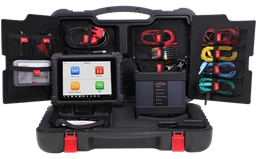

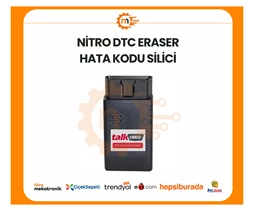
.webp?size=256)

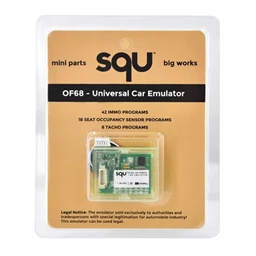


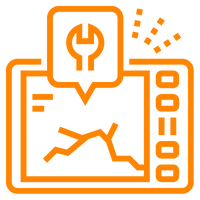
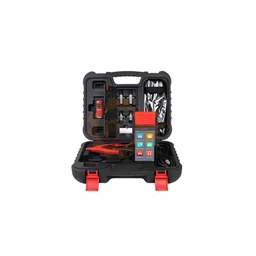
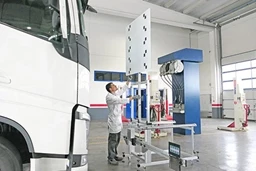
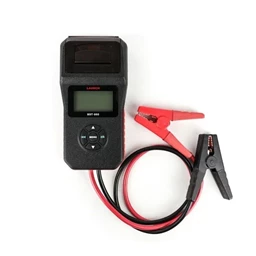
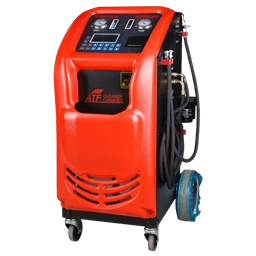
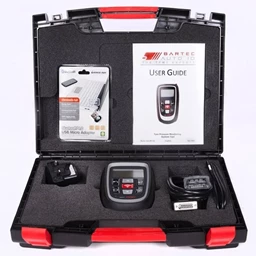
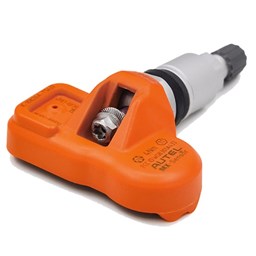
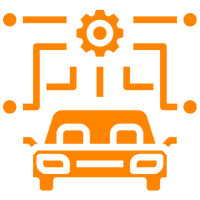
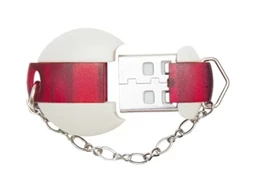


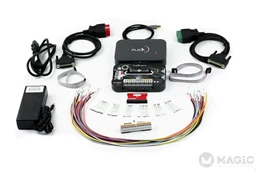

 Cihazı.webp?size=256)

